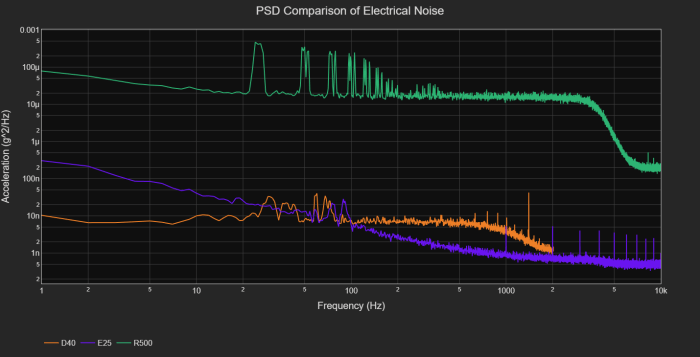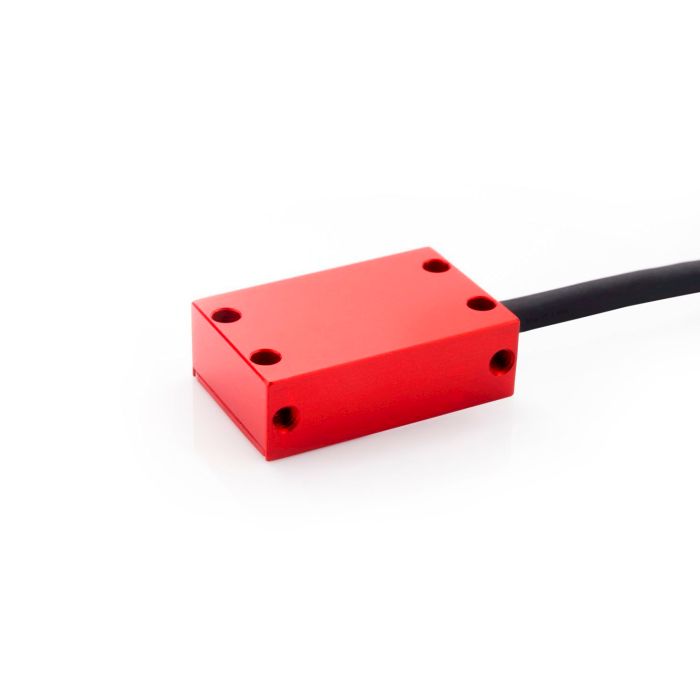Accelerometers help robots stay upright – In the realm of robotics, accelerometers play a pivotal role in ensuring the upright posture and graceful movements of these machines. These tiny yet powerful sensors measure acceleration and tilt, providing robots with the crucial data they need to maintain balance, stability, and coordination.
Delving into the world of accelerometers, this article explores their types, applications, and the advanced techniques employed to enhance robot stability.
Types of Accelerometers

Accelerometers used in robotics can be classified into several types based on their sensing mechanism and design. Each type has its advantages and disadvantages, making it suitable for specific applications.
Piezoelectric Accelerometers
- Generate an electrical charge proportional to acceleration.
- Provide high sensitivity and wide frequency range.
- Suitable for measuring dynamic and transient accelerations.
- However, they can be affected by temperature and humidity.
Capacitive Accelerometers
- Detect changes in capacitance between parallel plates due to acceleration.
- Offer high precision and stability over a wide temperature range.
- Suitable for measuring both static and dynamic accelerations.
- However, they can be sensitive to environmental noise and vibration.
MEMS Accelerometers
- Utilize microelectromechanical systems (MEMS) technology.
- Small, lightweight, and cost-effective.
- Suitable for low-power and low-noise applications.
- However, they may have limited bandwidth and accuracy.
Applications of Accelerometers in Robotics

Accelerometers play a crucial role in helping robots stay upright and maintain balance and stability. They provide real-time information about the robot’s motion and orientation, enabling it to adjust its posture and movements accordingly.
Maintaining Balance and Stability
- Accelerometers detect changes in the robot’s tilt angle and acceleration.
- This information is used to calculate the robot’s center of gravity and adjust its posture.
- By maintaining balance, the robot can prevent itself from falling over.
Robot Locomotion
- Accelerometers provide information about the robot’s acceleration and velocity.
- This information is used to control the robot’s movement and maintain stability during walking, running, or other forms of locomotion.
- Accelerometers help robots adapt to uneven terrain and obstacles.
Design Considerations for Accelerometer Integration

Integrating accelerometers into robots requires careful consideration of several factors to ensure optimal performance and accuracy.
Placement and Orientation, Accelerometers help robots stay upright
- The placement of the accelerometer should minimize the effects of vibration and noise.
- The orientation should align with the desired measurement axis.
- Proper alignment ensures accurate readings and reduces measurement errors.
Calibration
- Accelerometers require calibration to correct for biases and non-linearities.
- Calibration involves measuring the accelerometer’s output under known acceleration conditions.
- Regular calibration ensures accurate and reliable measurements.
Data Filtering and Noise Reduction
- Accelerometer data can be noisy due to environmental vibrations and other disturbances.
- Data filtering techniques are used to remove noise and improve the signal-to-noise ratio.
- Common filtering methods include moving averages, Kalman filters, and Fourier analysis.
Answers to Common Questions: Accelerometers Help Robots Stay Upright
What are the different types of accelerometers used in robotics?
Accelerometers used in robotics include piezoelectric, capacitive, MEMS, and force-balance accelerometers, each with unique characteristics and applications.
How do accelerometers help robots stay upright?
Accelerometers provide real-time data on acceleration and tilt, which is used by control algorithms to adjust robot posture, compensate for disturbances, and maintain balance.
What are the challenges in using accelerometers in robotics?
Challenges include noise and drift, sensor placement and calibration, and the need for robust algorithms to handle complex robot dynamics.
